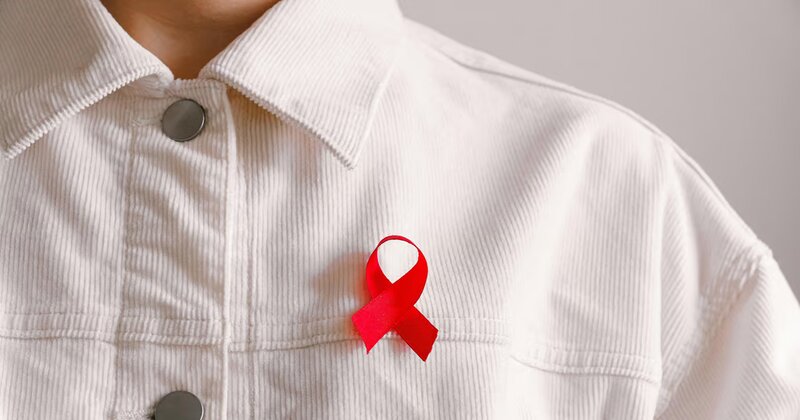
India has achieved a significant 44% reduction in new annual HIV infections since 2010, surpassing the global average decline of 39%, according to Minister of State for Health and Family Welfare, Anupriya Patel. Speaking at a UN side event, she shared that over 2.5 million people in India are currently living with HIV, but the country’s adult HIV prevalence remains at a low 0.2%, with new infections estimated at around 66,400 annually. Patel emphasized India’s role as a major global supplier of anti-retroviral drugs, accounting for 70% of global anti-retroviral medication distribution.
Patel also highlighted India’s ongoing commitment to ending HIV/AIDS as a public health threat by 2030, aligned with the United Nations’ Sustainable Development Goals (SDGs). She pointed to India’s fifth phase of the National AIDS and STD Control Programme (2021-2026), fully funded by the government, and various youth initiatives, such as Red Ribbon Clubs and mass-awareness campaigns like the RED RUN Marathon, which aim to raise awareness and promote prevention. The country’s efforts have also been bolstered by comprehensive HIV testing programs for pregnant women and the provision of free Anti-retroviral Therapy (ART) to 1.7 million individuals.
India’s government continues to address HIV-related stigma through the HIV and AIDS (Prevention and Control) Act of 2017, which mandates the appointment of ombudsmen to ensure prevention policies are upheld across states. The country is also integrating national health programs to address co-morbidities like tuberculosis and viral hepatitis, enhancing overall health outcomes for people living with HIV. Patel called for sustained global collaboration to further strengthen the fight against HIV/AIDS, emphasizing India’s commitment to breaking silos and building synergies for a healthier world.

Post Your Comments